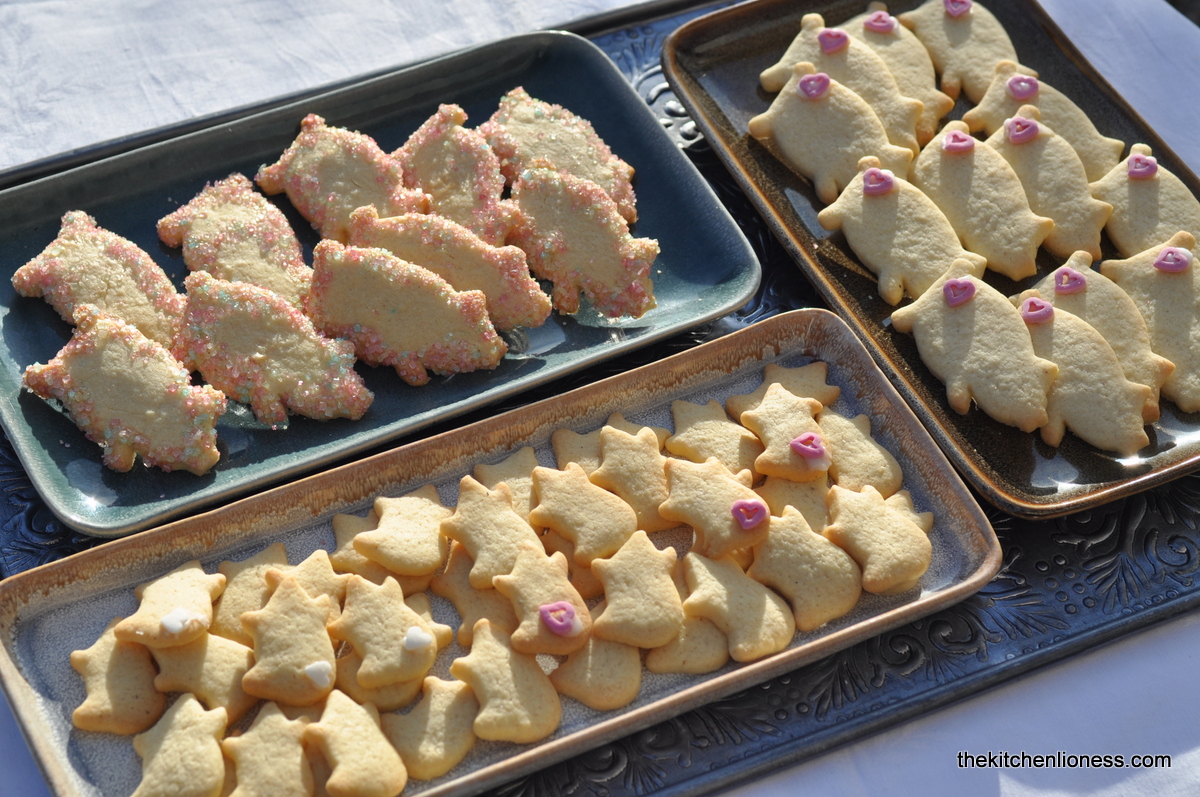A long standing custom in Germany is to exchange good luck charms (Glücksbringer) around New
Year’s Day (Neujahrstag). Many traditional German lucky charms go back
centuries and are often rooted in ancient pagan or early Christian legends.
Germans have long relied on 'a little help' from pink marzipan piglets (Glücksschweinchen) or chocolate ladybugs wrapped in colorful foil (Marienkäfer), lucky cent (Glücks Cent, formerly Pfennig), chimney sweeps (Schornsteinfeger), horseshoes (Hufeisen) or four-leaf clover (Glücksklee).
Because so rare in nature, it is simply assumed that four-leaf clover brings good luck. A four-leaf clover is a universal symbol for good luck and is said to make secret wishes come true, but only if personally found, not bought. According to an old Christian legends, Eve took a four-leaf clover from the Garden of Eden, for nostalgic memories of paradise.
For centuries, pigs have been symbols representing wealth or prosperity. In old Nordic mythology, the wild boar was considered sacred, a pet of the gods and symbol of fertility. For ancient Greek, Roman and later cultures, owning pigs meant privilege and affluence. Nowadays, 'lucky piglets' (Glücksschweinchen) come in many different forms in Germany, there are those made from marzipan, chocolate or cookie dough, to those made from glass or porcelain – just think for example about all those 'piggy banks' (Sparschweine).
In this day and age, many people consider charms, tokens and such trinkets to be mere old-fashioned superstitions, but at least they don’t cause any harm. So, it certainly cannot hurt to try a few of my New Year’s Cookies in the shape of little piglets or bake some clover leaves.
The recipe I use is another one of my traditional recipes for butter cookies. I always make sure to use white spelt flour for these (Dinkelmehl Type 630), then add pure vanilla and just a bit of lemony flavor from the grated zest of one lemon - you can go all purpose flour instead and add orange or other citrus zest if you prefer, as long as your citrus fruit is organic and/or untreated.
For decorating my New Year's Cookies, I chose pink and white colored sugar and heart shaped sprinkles for the piglets and green sugar for the clover leaves, of course, you can leave the cookies plain.
New Year’s Cookies l Neujahrsgebäck
Ingredients
For the dough
- 125g unsalted butter, room temperature
- 100g superfine baking sugar (feinster Backzucker)
- 8g pure vanilla sugar (Bourbon Vanille Zucker)
- 1 eggs (L), free range or organic
- 250g white spelt flour (Type 630) or use AP (plain) flour (Weizenmehl Type 405), plus some for the work surface
- grated zest of 1 organic lemon (or other citrus zest such as zest of 1/2 orange)
- a pinch of fine sea salt
To decorate
- 1 egg white (M or L), free range or organic
- 2 tbsp water
- 25g powdered sugar, or more as needed
- pink and white sprinkles, nonpareils or colored sugars for the piglets (use green if you make clover leaves)
In addition
- 2 cookie sheets
- baking parchment paper
- pig shaped cookie cutters (or use clover leaves)
Preparation
- In a large mixing bowl, cream together the butter with the sugar and vanilla sugar, add the egg and mix until well blended.
- Stir in flour, lemon zest and salt. Wrap well and refrigerate for at least 1 hour.
- When you are ready to bake, pre-heat your oven to 180° C (356°F).
- Line two cookie sheets with parchment paper.
- Divide the dough in half. On a lightly floured surface (or between two sheets of parchment paper) roll each half of dough to 0.5cm (0.2in) thick.
- In a small bowl, mix together the egg white with the water.
- Cut into piggie shapes with cookie cutter(s) and place on prepared parchment lined cookie sheets – leave some space between the cookies but they will not spread much.
- For the colored sugar border, whisk together the egg white with 1 tbsp water, brush the outline of the cookies and dip into colored sugar, shaking off the excess.
- Bake 7 to 8 minutes or until lighty brown.
- Remove from cookie sheet to cooling rack. Cool completely.
- For some of the cookies, mix together the powdered sugar with the remaining water and place a tiny drop of icing on some of the piggies and decorate as desired (or decorate your clover leaves with green colored sugar).
When rolling out sugar cookies, just lightly flouring the work suface is key or just roll the dough between two sheets of baking parchment paper. Try to cut the dough out with as little space between as you can, to minimize scraps.
And if you want to decrease the chance of the cookies spreading too much while baking, it is also important to place the baking sheet with the cut-outs into the fridge for a few minutes before sliding them into the oven.
It’s important to keep the dough chilled, so work in batches as you roll the dough out. Cover the dough and refrigerate at least 1 hour before rolling. While rolling one half of the dough, keep the other in the refrigerator until ready to use.
Use a light hand when re-rolling dough scraps, gently pressing them together and rolling them out quickly. If the dough is overworked your cookies will definitely turn out to be tough.
"This little piggy went to market,
This little piggy stayed home,
This little piggy had roast beef,
This little piggy had none,
And this little piggy cried "wee wee wee" all the way home".
(English-language nursery rhyme and fingerplay)
So, as the old year ends and the New Year (Neues Jahr) gets off to what we all hope is a good start, I wish you Health and Happiness and, of course, as we say around here 'einen guten Rutsch ins Neue Jahr' (literally translated 'a good slide into the New Year')!



















































